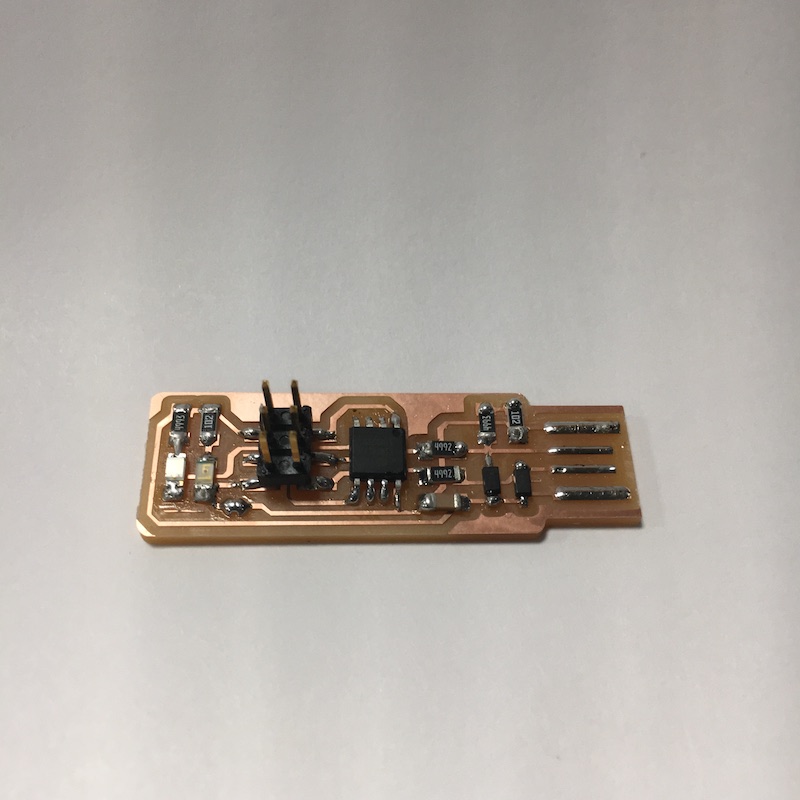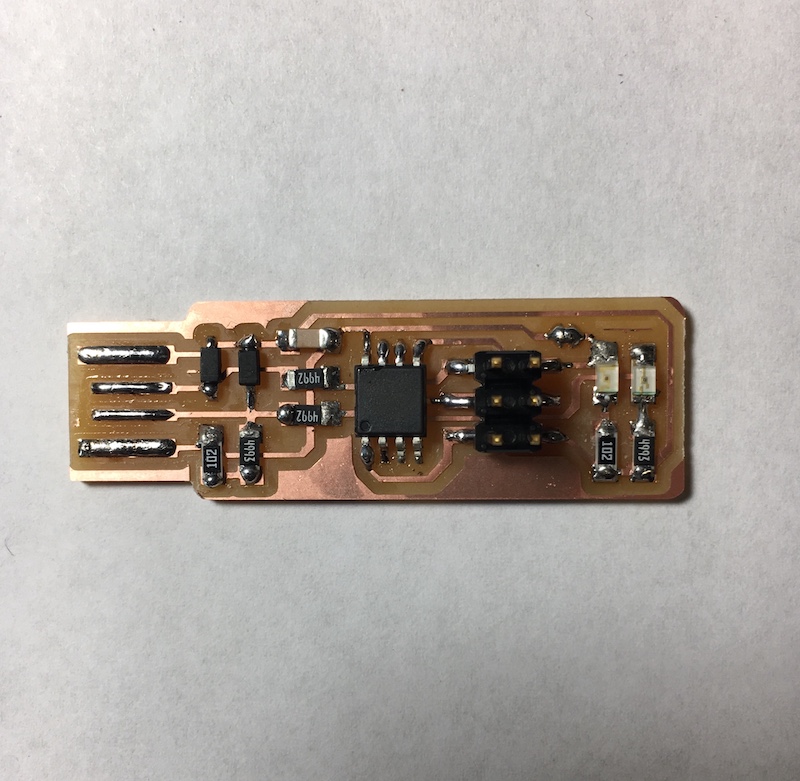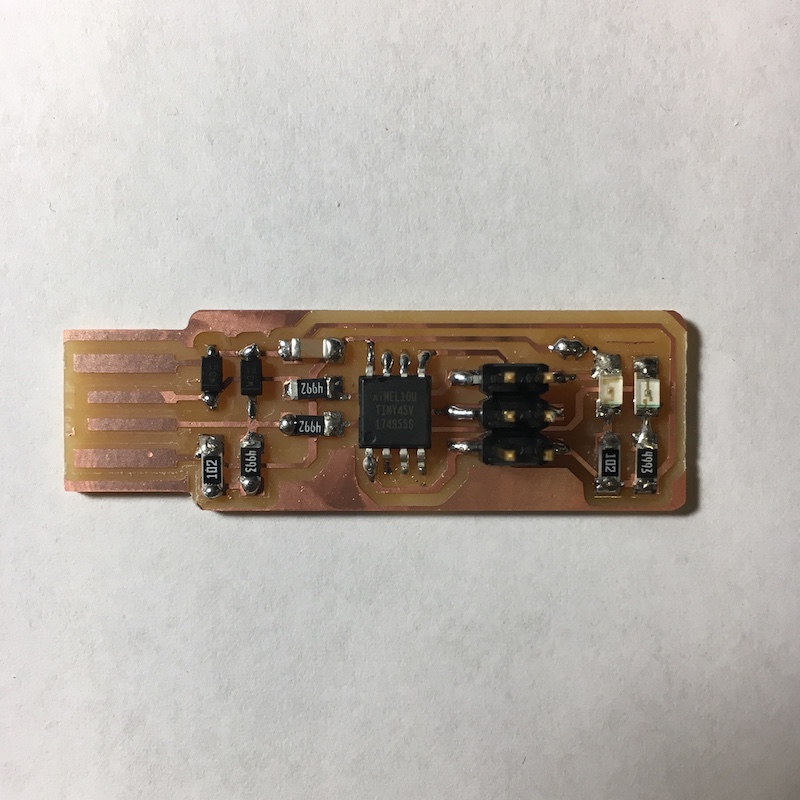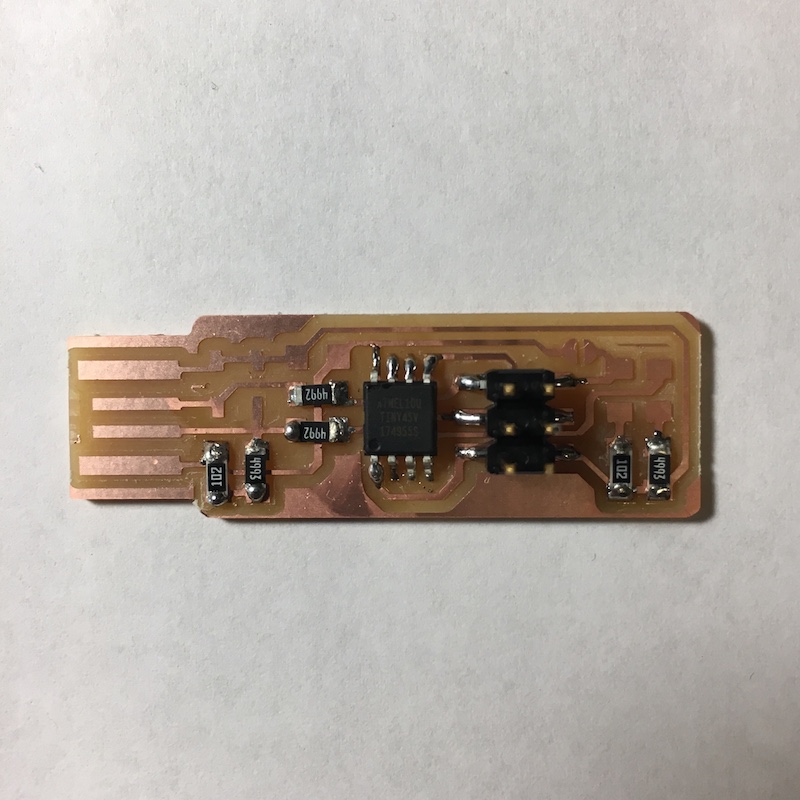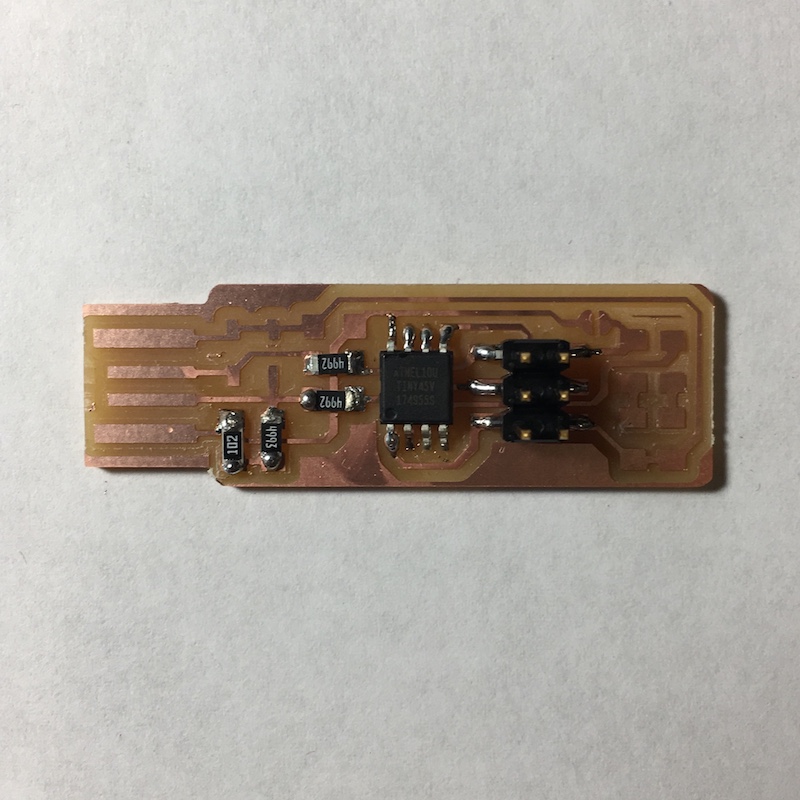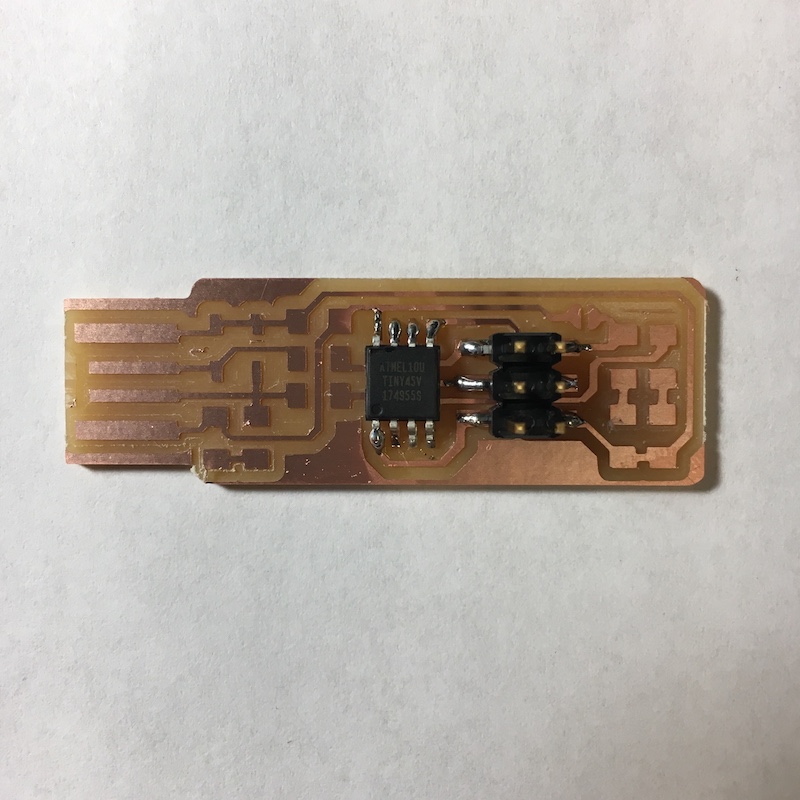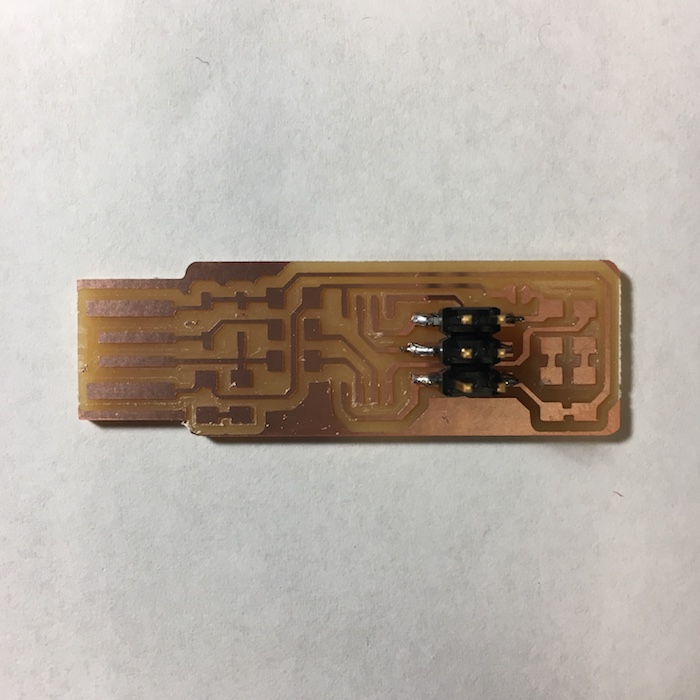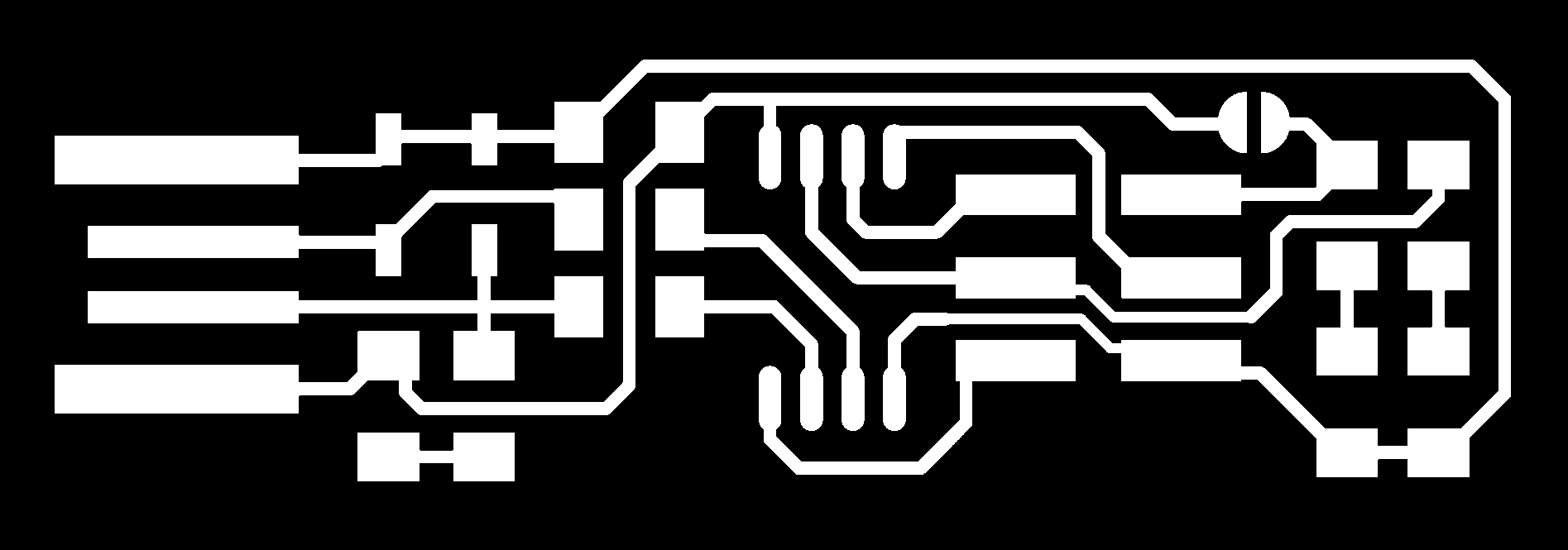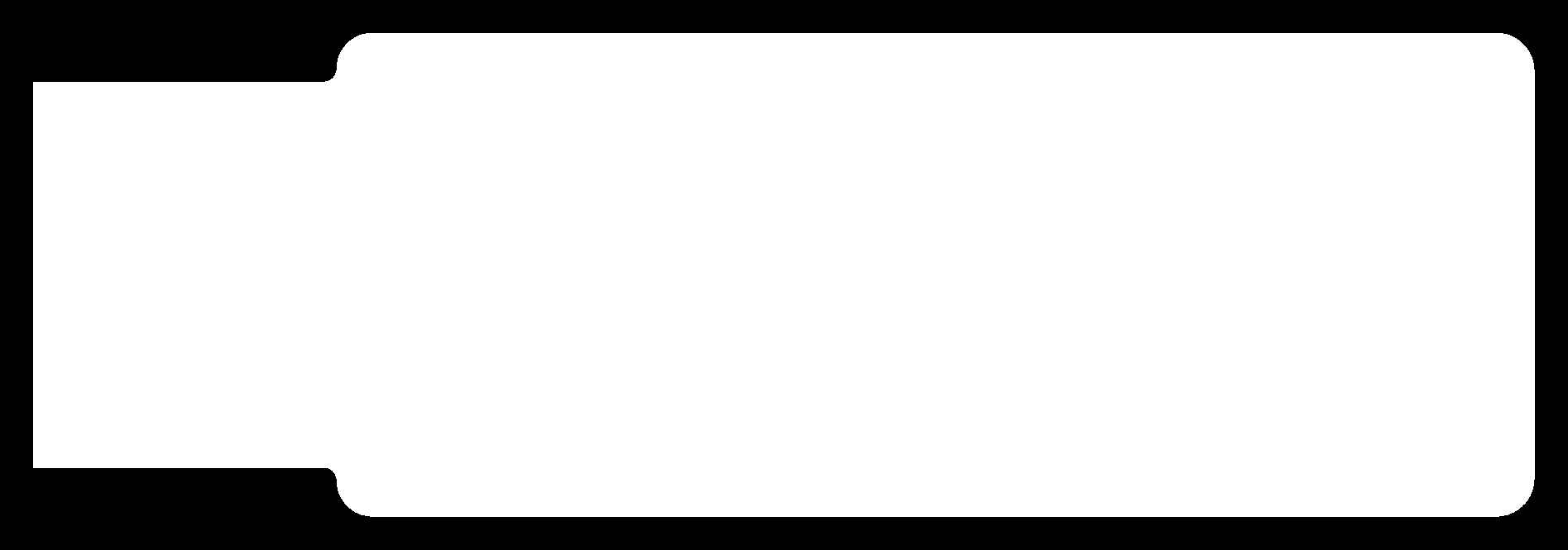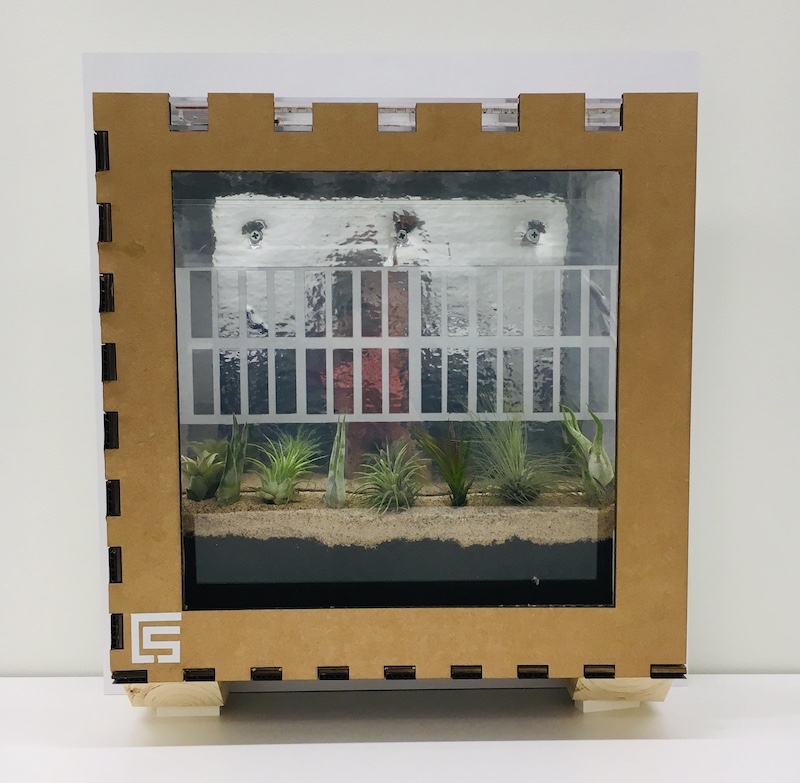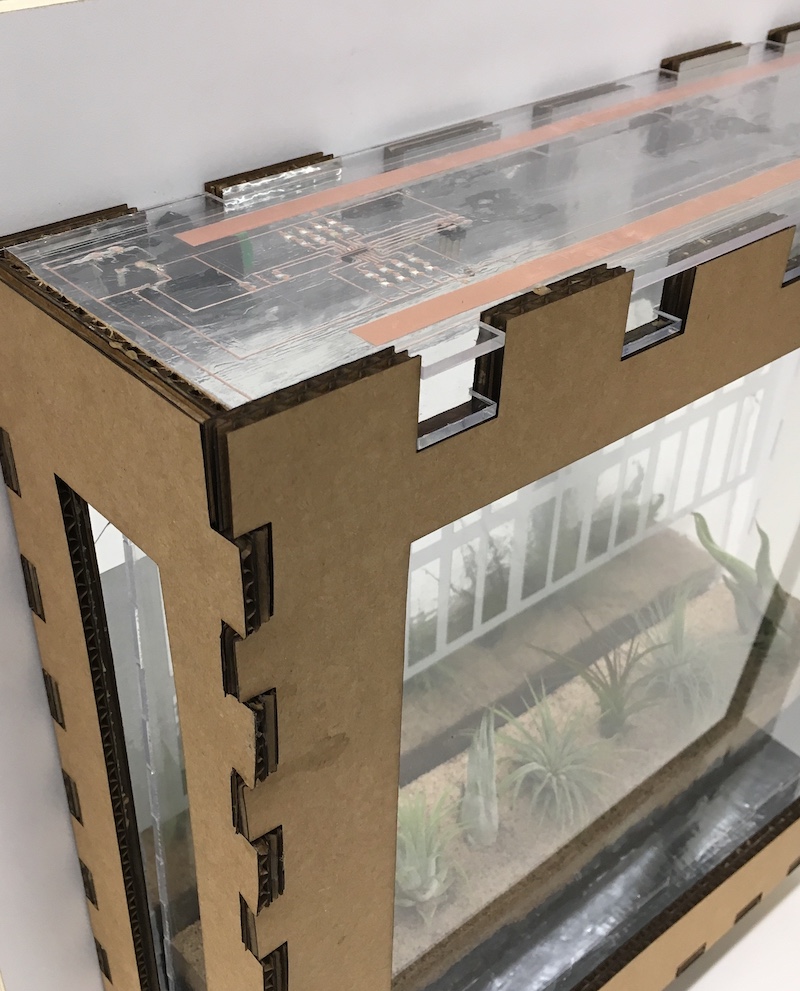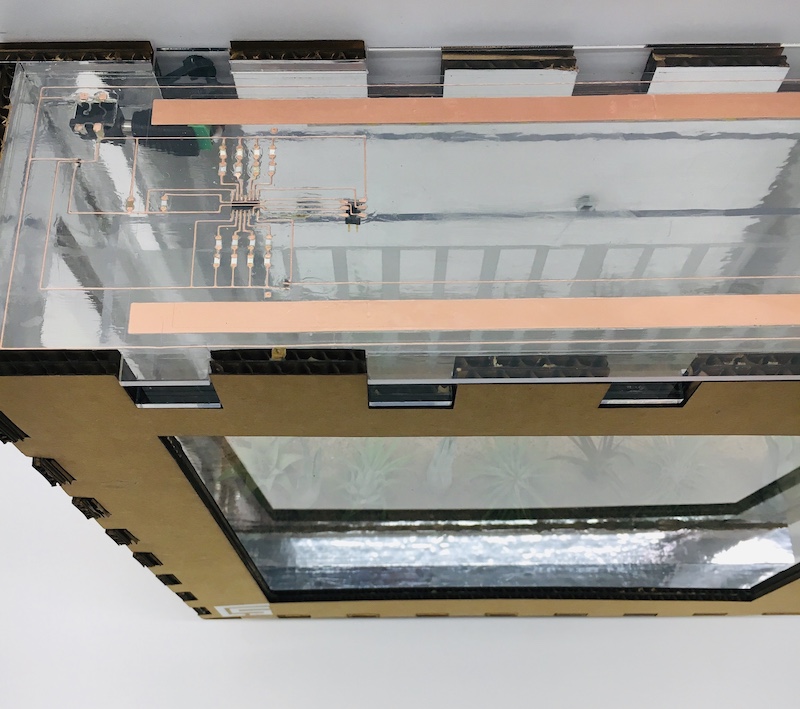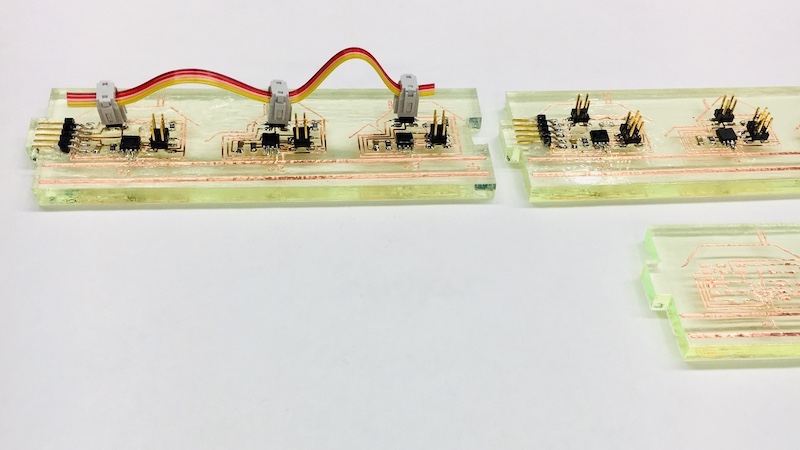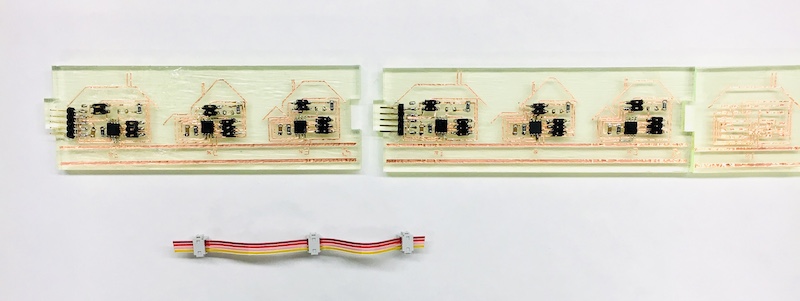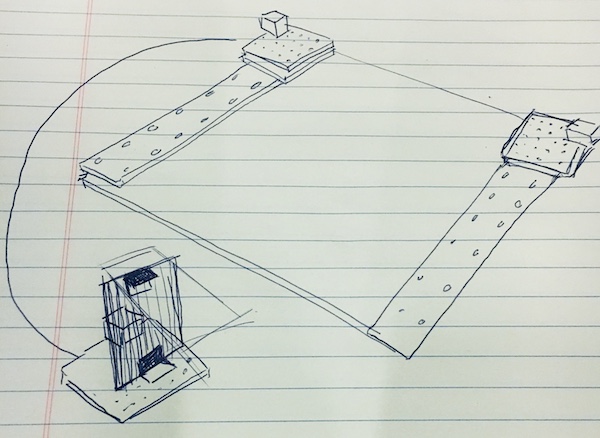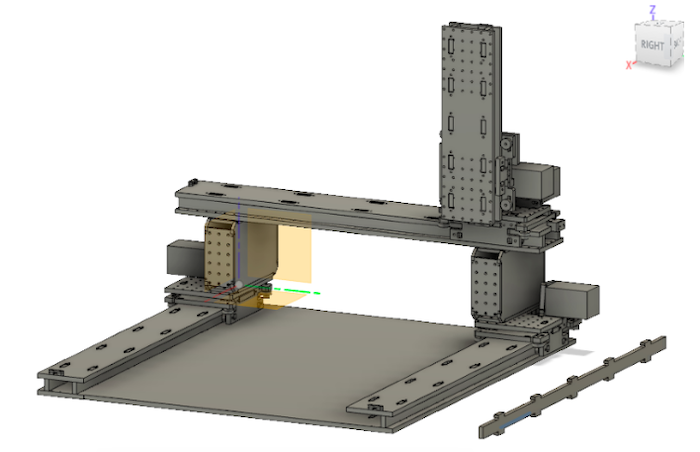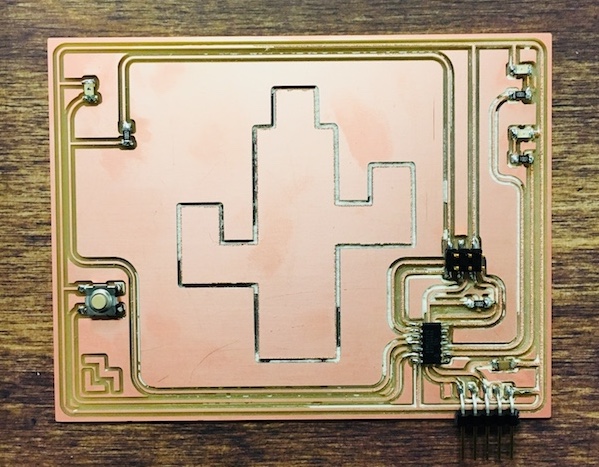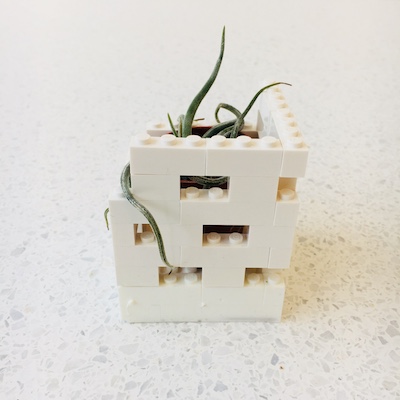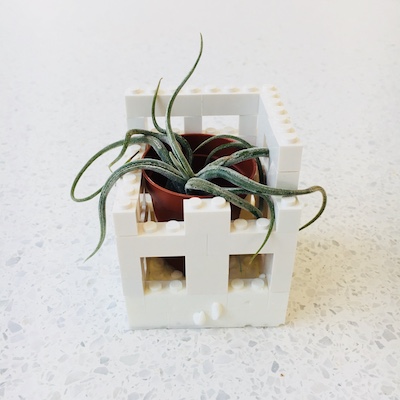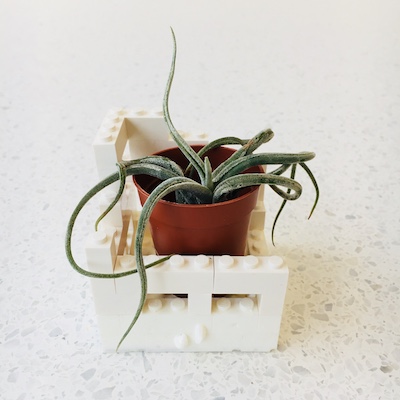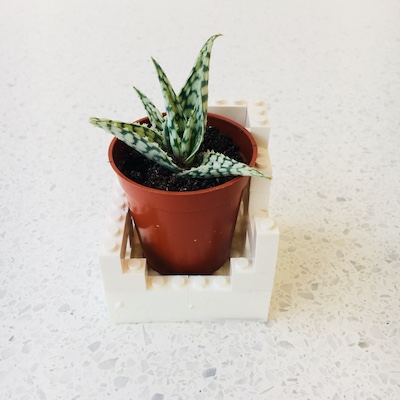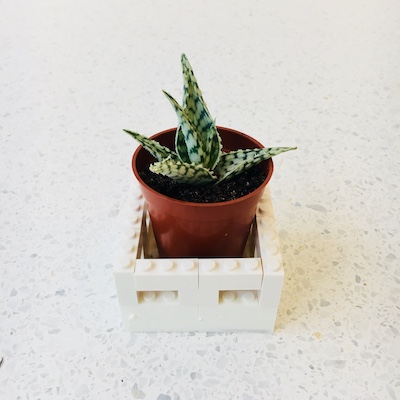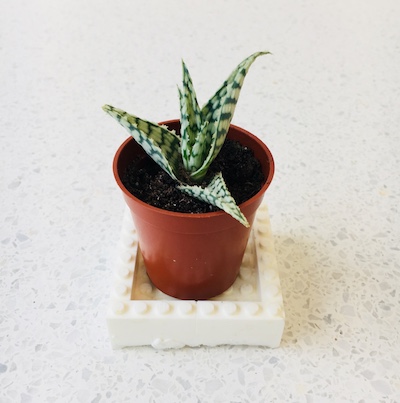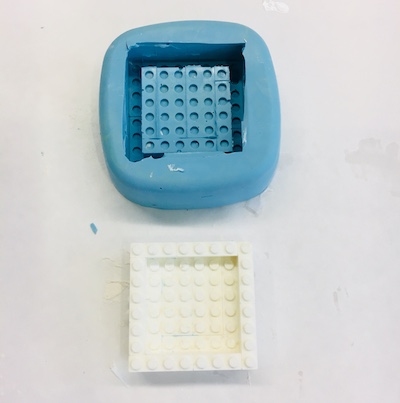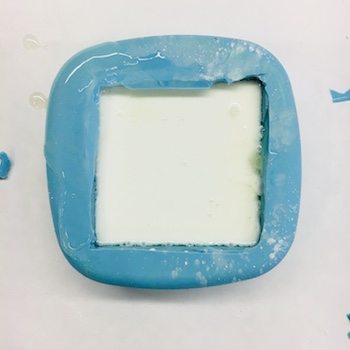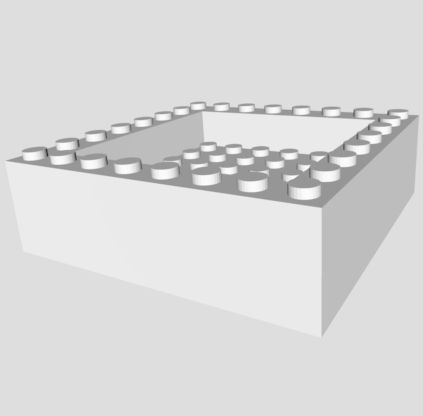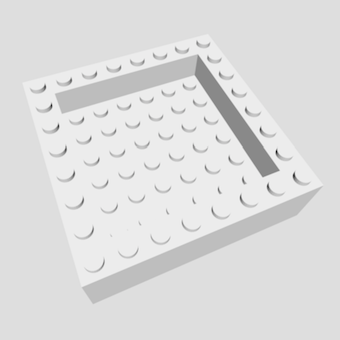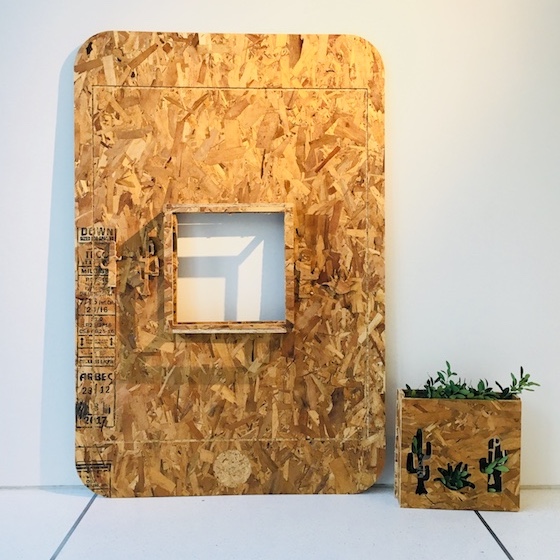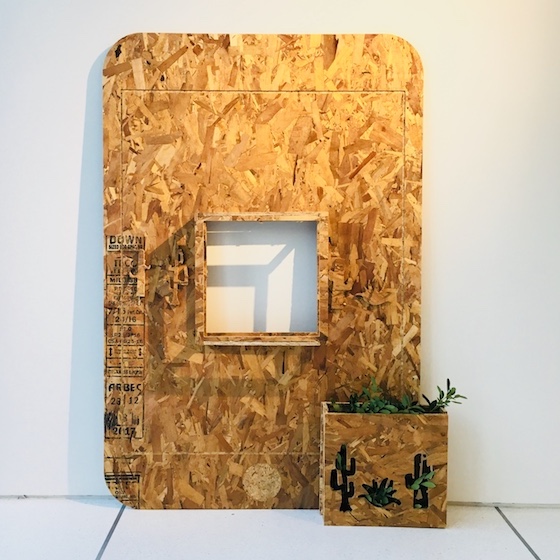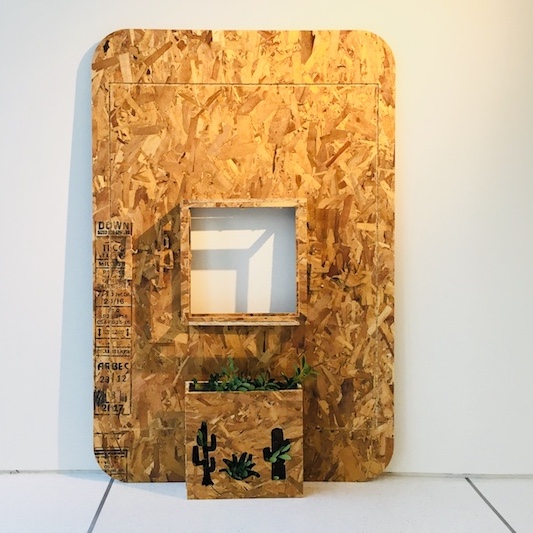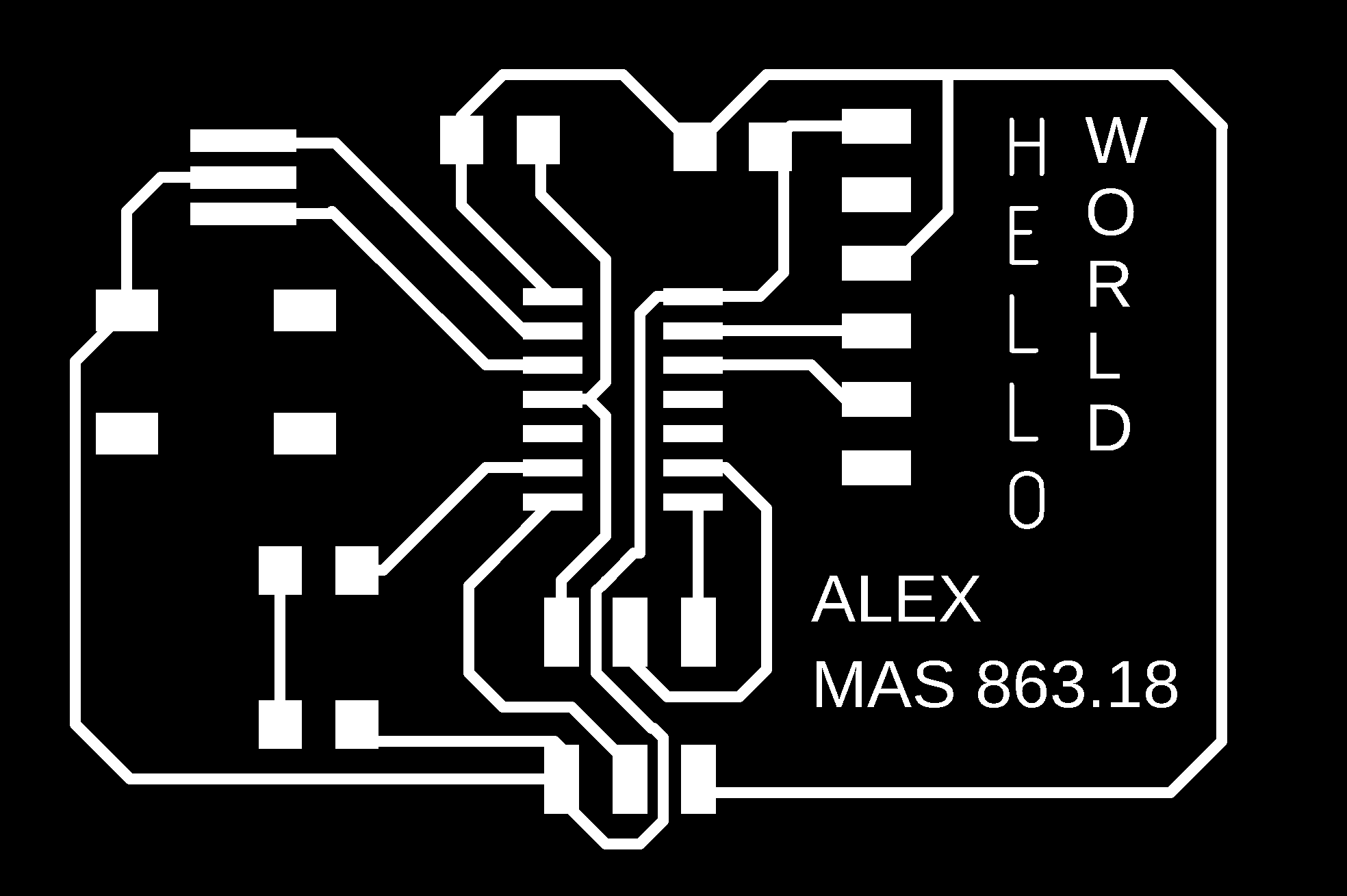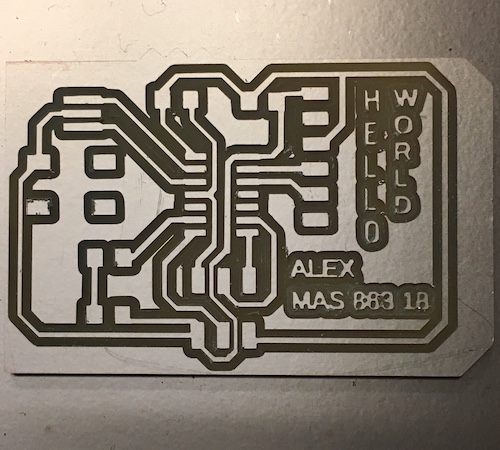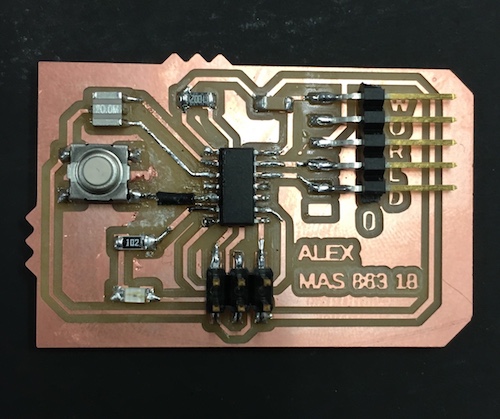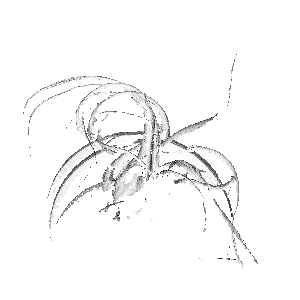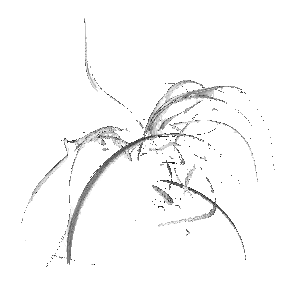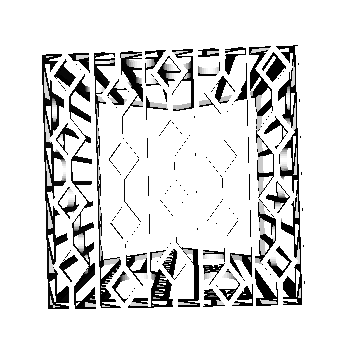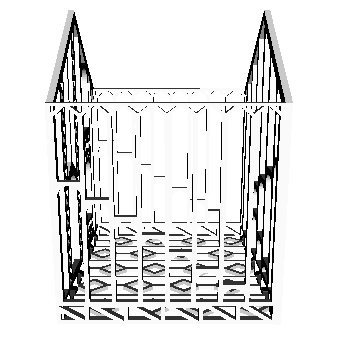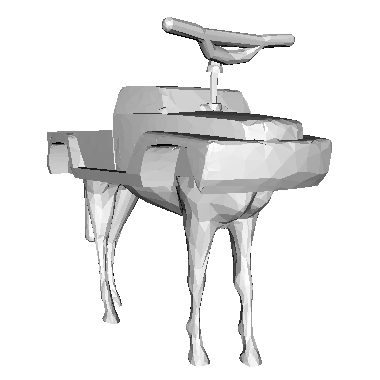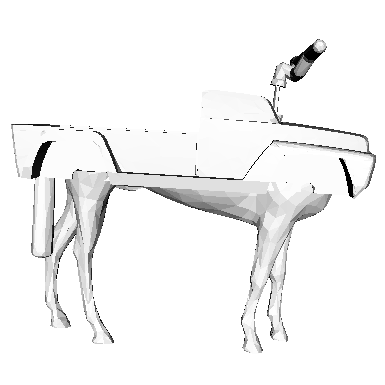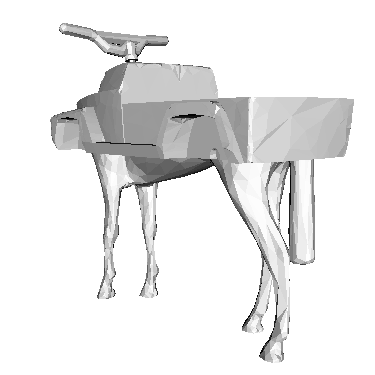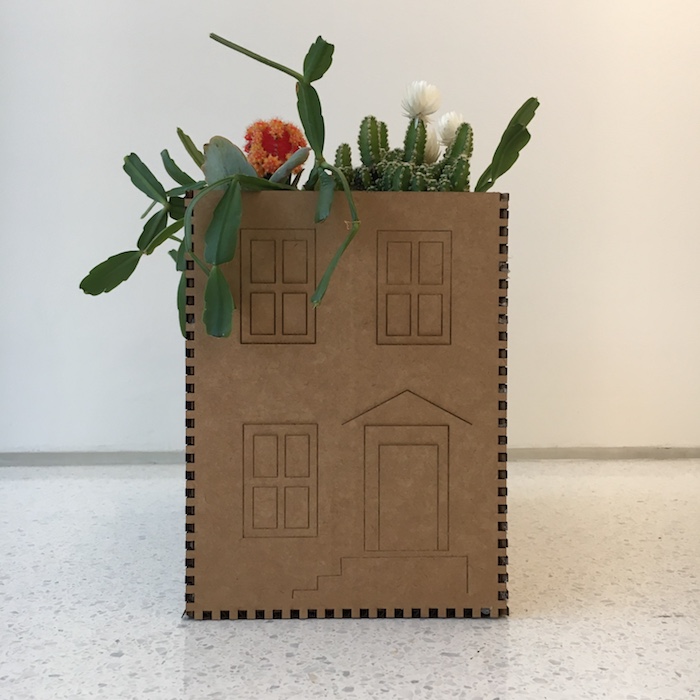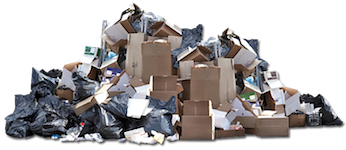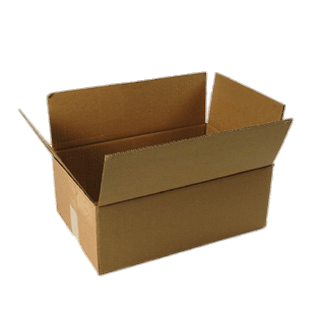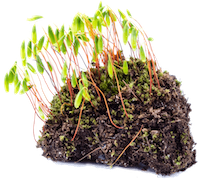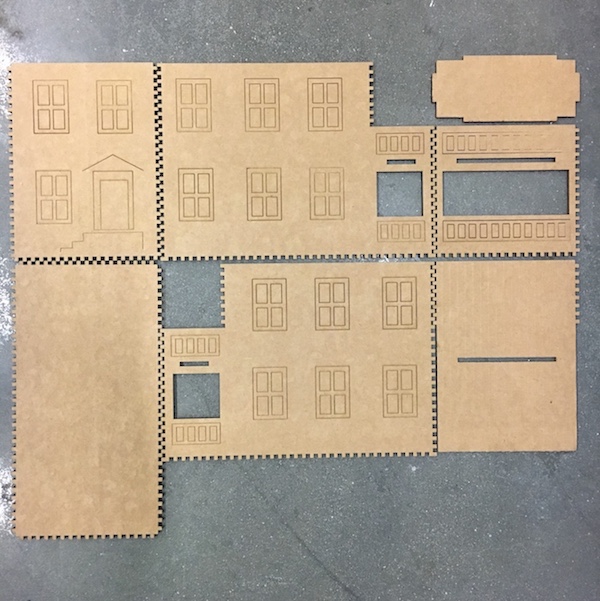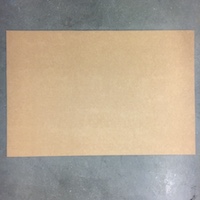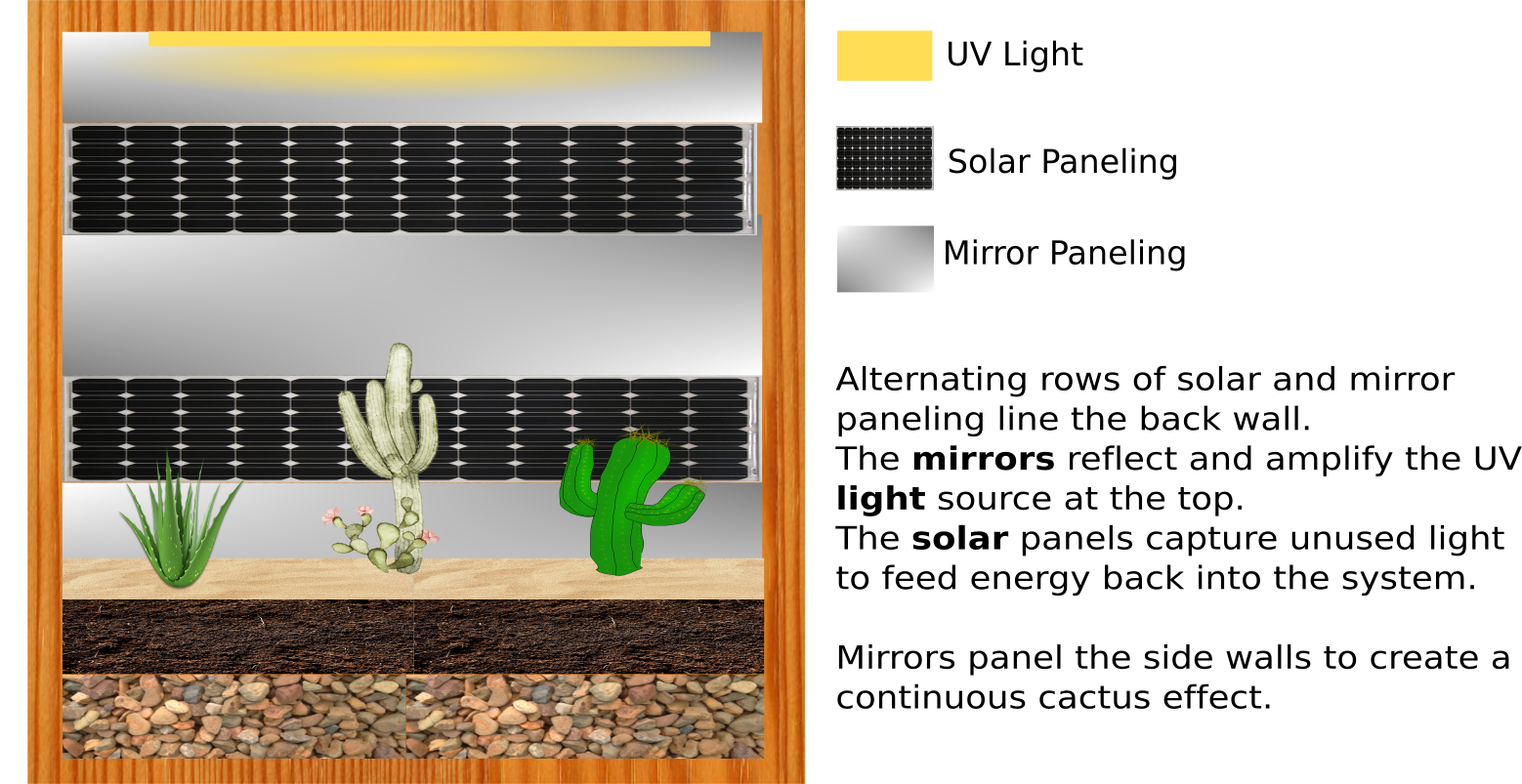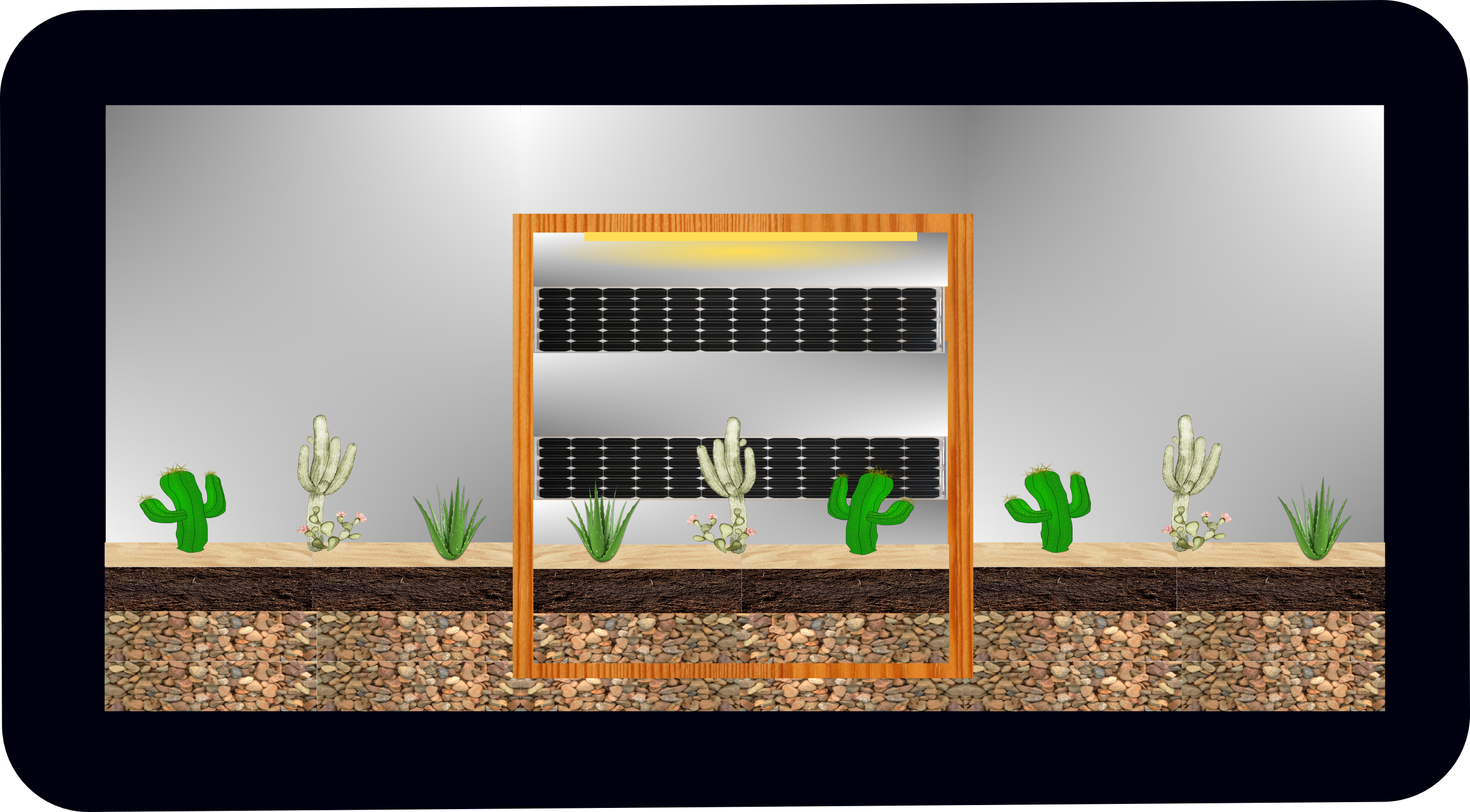Increasingly more consumer goods are shipped to our homes in boxes with plastic packaging that then goes to landfill.
This need not be the case.
Boxes can transform into planters. Organic material can protect our shipped goods instead of plastic. With seeds included, packaging can come to house new life.
MAKING PROCESS
I developed an SVG in Inkscape and exported to .dfx format which I then imported into CorelDraw for laser cutting.
With a series of failures and opportunities for learning:
1. Unit conversion failure
The grooved edges of the cardboard cutouts were designed so that all edge segments are of equal length and this length equal to the depth of the cardboard. This design allows cutting adjacent pieces that can then fit together at a 90 degree angle. In my first cuts, units were not properly converted between softwares so my grooved shapes could not connect.
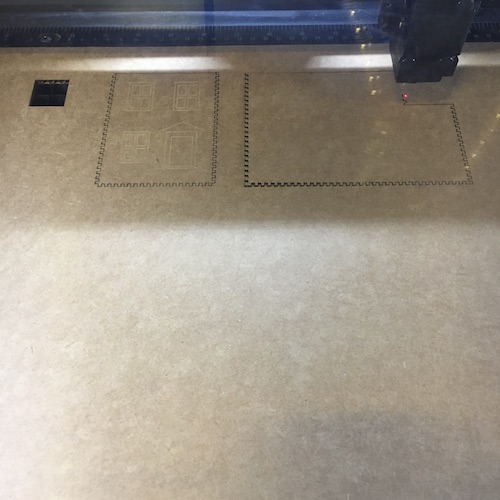
I learned a trick to fix this issue: Before exporting, draw a box around your work with a size you can remember. After importing the file to a new software, resize the box to its original size in a way that everything inside the box scales with this change.
2. Fire
I set a miniature fire (quickly resolved) because I reversed which lines were to handle raster etching vs vector cutting (coded by colors in the print settings).
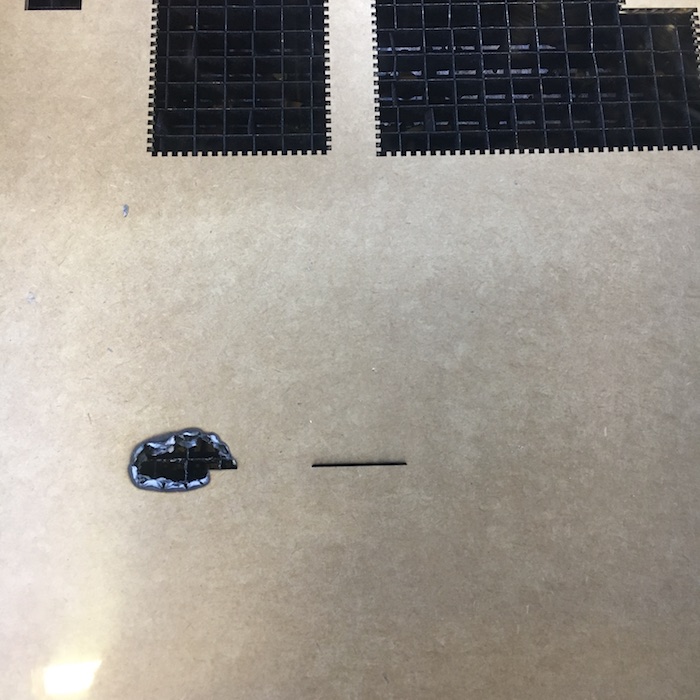
I learned how to put out fires.
3. Software refused
After revising my file in Inkscape and exporting it for CorelDraw in the same way I had successfully done before, I could not get CorelDraw to open my file again. After an hour of debugging, success came by way of importing into Rhino, and exporting again.
I learned to allocate an excess of time to unreasonable mishaps when working with these tools.
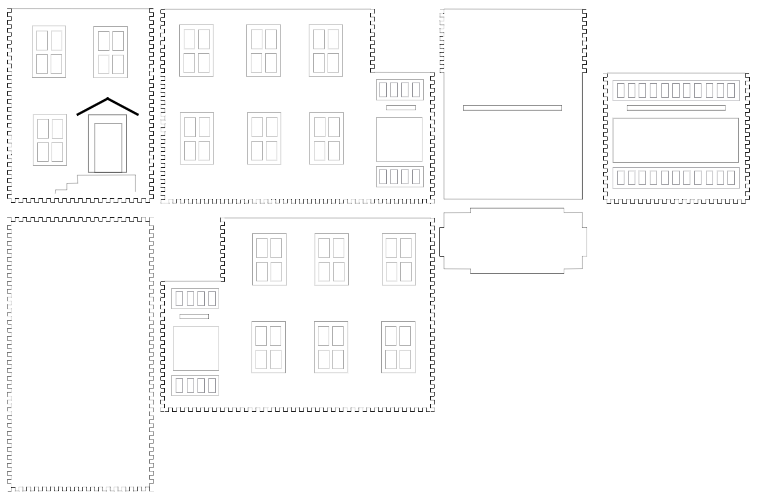
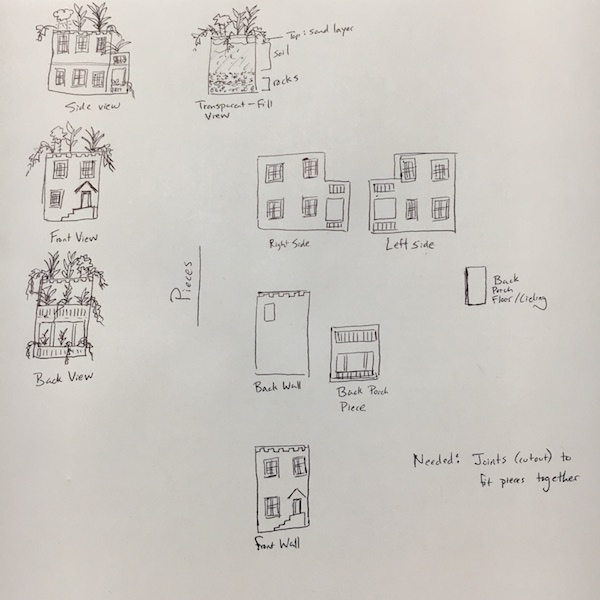
background & motivation
Alex Berke
On learning to make (almost) anything -
I enjoy theory and have an academic background in mathematics and computer science. I also enjoy making things, from cooking, to crafting, to artworks I have exhibitioned, to hacking on side projects ranging from silly bots to useful educational resources.
I appreciate that my background in computer science and hacking has given me the skills to “make” with software. These skills have allowed me to pursue my interests both creatively and professionally. For years, I lived in New York, engaging in the arts community while professionally working at the intersection of technology and social impact. Most recently I was working as a software engineer on Google Search, focused on news credibility and fighting disinformation.
During my time at the MIT Media Lab I want to expand my understanding of “how to make” to include hardware and fabrication. I want to learn to make almost anything so that I can help make a better world for us all to live in.

